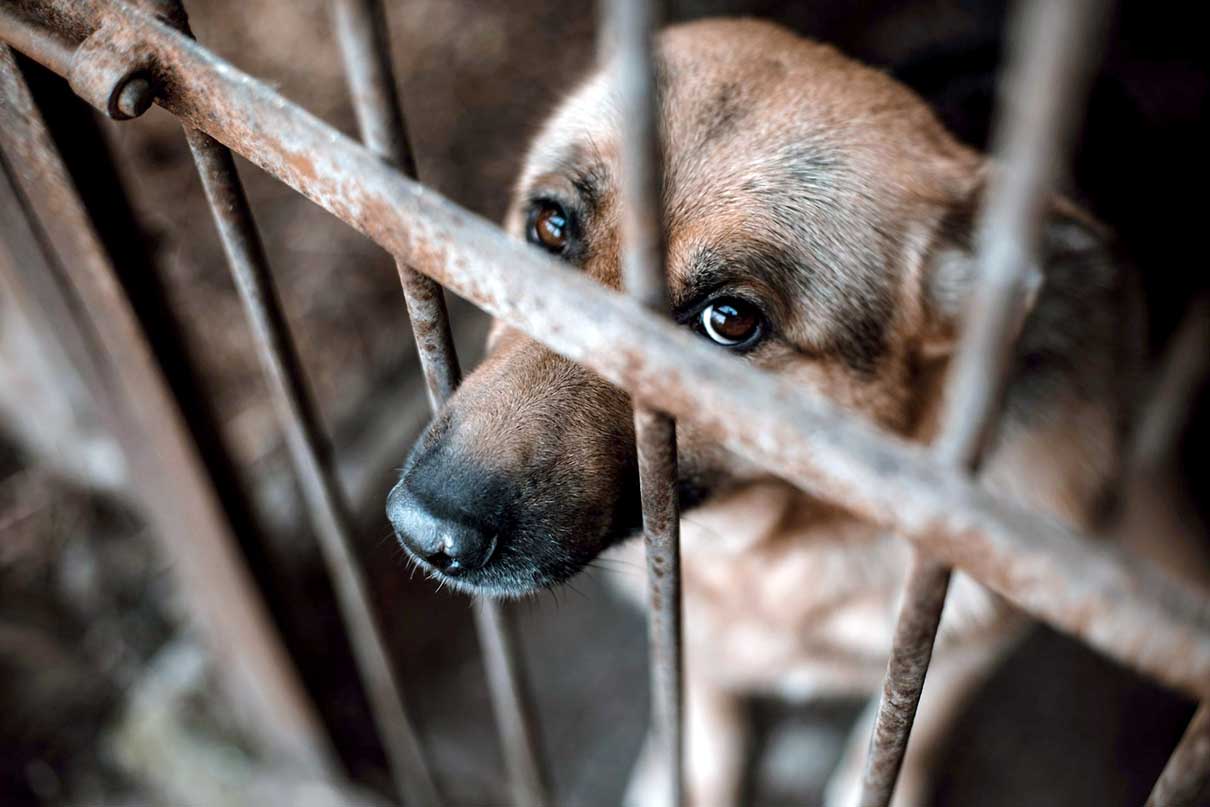Animal abuse and neglect are pervasive issues that create an unsettling dichotomy in society—where affection for animals is ubiquitous, yet sufferance remains largely hidden. It is a grave consideration that raises pressing inquiries about moral responsibility, societal values, and the psychological phenomenon of bystander apathy. At the core of this concern lies the question: how much animal suffering can we tolerate before it demands our attention? A deeper exploration reveals the complex interplay of factors that underlie indifference towards animal welfare.
To begin with, animal abuse is not merely a legal violation; it is a manifestation of a broader societal malaise. Instances of cruelty—whether through outright violence, neglect, or the perpetuation of environments that foster such behavior—serve as a poignant commentary on human nature. According to numerous studies, individuals who perpetrate animal cruelty are often found to have engaged in or are predisposed to other forms of violence. This correlation suggests that failure to intervene in the plight of animals can be indicative of a wider spectrum of societal violence that often goes unchecked.
Moreover, neglect, in its most insidious form, frequently emerges from systemic issues—poverty, lack of education, and insufficient mental health services can all lead to scenarios where animals suffer. This form of abuse often occurs in domestic settings, obscured by the walls of households that are otherwise portrayed as stable and nurturing. The ignored cries of a neglected animal evoke questions about the moral compass of a society that tends to view such suffering as a normal byproduct of human life. Ignoring these issues signifies a broader complacency that can ultimately devalue life itself.
It is crucial to dissect the societal constructs that foster an environment where animal suffering is routinely overlooked. There exists a dichotomy between the profound love for pets and the cavalier treatment of strays or farm animals. Cultural narratives often humanize certain animals while relegating others to the margins of our empathic responses. The gap is striking; for instance, while the majority of Americans own pets and consider them family members, farm animals are frequently subjected to appalling conditions in industrial farming environments. This inconsistency raises fundamental questions about how society delineates worth and compassion.
One cannot overlook the role of media in shaping perceptions of animal welfare. While social media has amplified awareness of cruel practices—highlighting the atrocities within puppy mills, factory farms, and dog fighting rings—the sheer volume of distressing content can lead to desensitization, perpetuating a cycle of apathy. Endless feeds of abuse documentation can induce a sense of helplessness, where individuals become overwhelmed by the magnitude of suffering and opt to disengage rather than rise to action. This phenomenon of desensitization should warrant critical reflection; when viewers become numb, the likelihood of meaningful intervention decreases.
Perhaps one of the most disconcerting aspects of animal abuse is the paradox of fascination that it can evoke. Often, people are drawn to the spectacle of suffering, captivated by horror narratives whether in person or through the screen. This morbid curiosity can inadvertently feed into the very systems that exploit animals. Documentaries exposing cruelty can provoke collective outrage, yet this outrage is often fleeting, dissipating alongside the end credits. The challenge then becomes cultivating a sustained commitment to advocacy rather than a transient emotional response.
Education plays a pivotal role in addressing this malaise. One of the most effective strategies in combating animal neglect and abuse is instilling a profound respect for all life forms within younger generations. Comprehensive educational programs that emphasize the importance of empathy towards animals can foster a generation of compassionate advocates. Moreover, allowing children to engage with animals through organized programs can deepen their understanding and develop early stances against cruelty. The goal must be to instill an enduring sense of responsibility toward those who cannot speak for themselves.
Legislation represents another crucial avenue for progress. While many jurisdictions have introduced stringent laws against animal cruelty, enforcement often lags behind. There is a pressing need for an increase in resources dedicated to the application of these laws. Public familiarity with reporting mechanisms and available resources can empower individuals to take action against identified abuses. A culture of accountability must prevail, wherein those who abuse animals face significant repercussions, thereby deterring potential offenders.
The ramifications of animal neglect extend beyond the immediate pain inflicted on the animal; they reverberate throughout society. Studies have shown that communities with prevalent animal abuse often experience a concurrent rise in other criminal activities. Thus, addressing animal welfare transcends compassion; it is a societal imperative. Compassion for animals fosters societal health, imbues individuals with empathy, and cultivates safer environments.
In conclusion, animal abuse and neglect are issues that can no longer be ignored. As individuals bear witness to cruelty—be it through social media, community observations, or personal experiences—they bear a moral obligation to respond. Engaging in advocacy, supporting legislative reform, and fostering compassion in future generations represents a collective responsibility. It is imperative to ask ourselves, how much suffering are we willing to overlook? Implicit in this question lies the potential for transformative action that leads to a more humane world.








